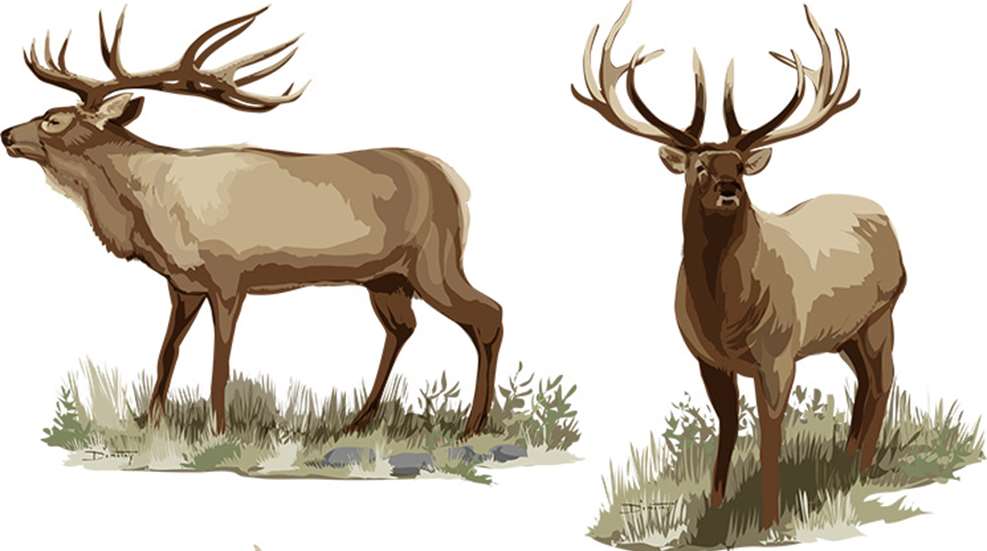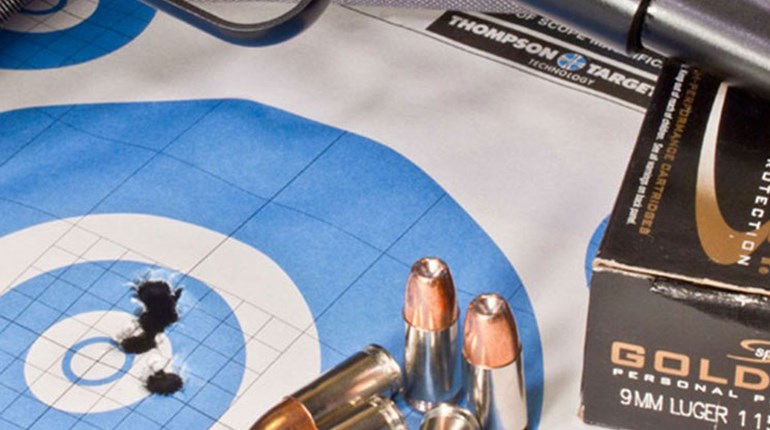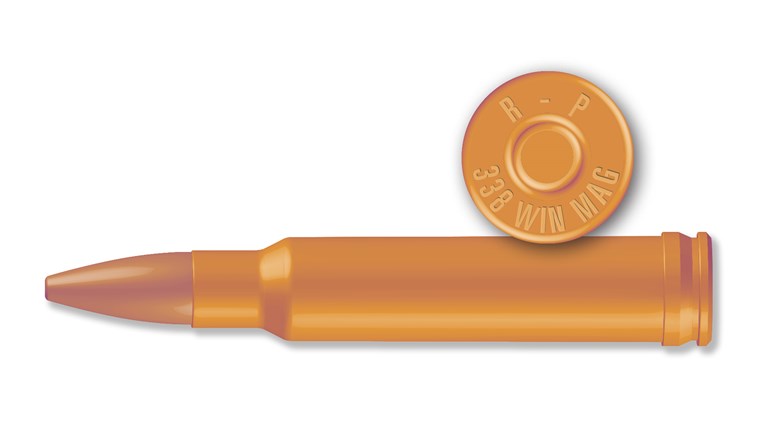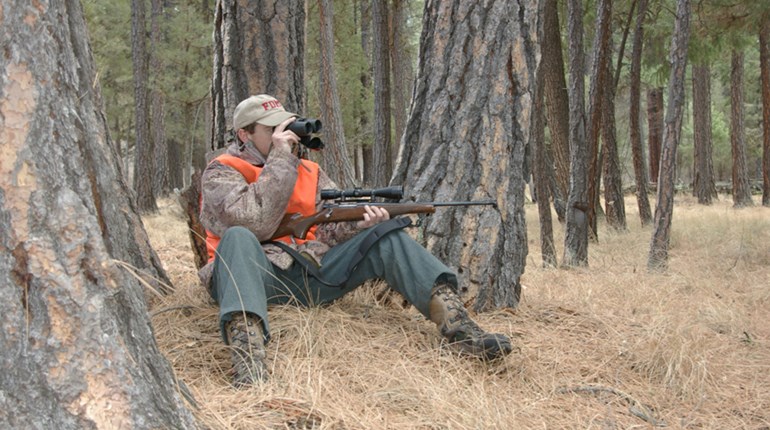
A bull elk weighs 700 pounds and doesn’t easily surrender its spirit. Mud-caked hide, massive bones, second-to-none cardiovascular efficiency and mountainous terrain make these beasts extremely tough to recover if not hit perfectly. So bowhunters should only attempt ideal shots.
The ideal bow shot and the one that offers the largest margin for error is taken while the elk stands broadside, slightly downhill from the shooter. Aim at the crease formed by the foreleg and chest, 3 inches below centerline. Perfectly executed, the arrow will destroy the aorta and perforate both lungs before exiting low behind the offside shoulder so that blood pumps to the ground. This animal will expire in seconds.
An elk’s lung area is roughly 12 inches wide by 12 inches high when broadside. An elk’s humerus (foreleg bone) does not run vertically from chest to backbone, but rather at an angle toward the neck before angling back and up to meet the scapula. This structure forms a pocket—protected only by ribs and the triceps muscle—that exposes the heart and lungs to arrows. Just don’t hit too high.
But what if the bull doesn’t turn broadside? Quartering shots are acceptable if the angle isn’t too extreme, as a one-lunged elk is often a lost elk.
“If I can’t envision a double-lung pass-through, I won’t take the shot,” says Oklahoman Bill Bolin, who’s taken 30-plus elk with his bow.
Yet elk often come in looking for the caller and present a head-on shot. This angle immediately reduces the vital zone to the size of a grapefruit. It’s not ideal, but it can be done.
“If the elk is downhill and facing me with his head up, I’ll aim at the base of the neck,” explains Bolin. “But it’s got to be close, so I know I can hit heart.”





































